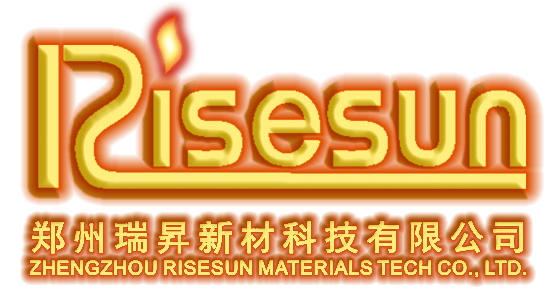11
2024
-
10
Understanding U-Type SiC Heating Elements: A Comprehensive Guide
U-type SiC (Silicon Carbide) heating elements are widely recognized for their exceptional performance in high-temperature applications. Unlike traditional heating elements, which often struggle under extreme conditions, U-type SiC heating elements are engineered to withstand temperatures exceeding 1,500°C (2,732°F). Their ability to operate at such elevated temperatures without degradation makes t
U-type SiC (Silicon Carbide) heating elements are widely recognized for their exceptional performance in high-temperature applications. Unlike traditional heating elements, which often struggle under extreme conditions, U-type SiC heating elements are engineered to withstand temperatures exceeding 1,500°C (2,732°F). Their ability to operate at such elevated temperatures without degradation makes them a preferred choice in various industries, including metal processing, ceramics, and glass manufacturing.
One of the primary benefits of using U-type SiC heating elements is their excellent thermal conductivity. This property allows for efficient heat distribution, minimizing energy waste and improving overall process efficiency. Additionally, the high thermal shock resistance of SiC materials ensures that these heating elements can endure rapid temperature changes without compromising their structural integrity. This is particularly important in processes where quick heating and cooling cycles are required.
The design of U-type SiC heating elements also plays a crucial role in their effectiveness. The U-shape allows for versatile installation options, making it easier to integrate these heating elements into existing systems. Their compact size and lightweight nature further enhance flexibility, enabling manufacturers to optimize their equipment layout for better performance.
Moreover, U-type SiC heating elements boast remarkable resistance to oxidation and corrosion. This durability not only extends their lifespan but also reduces maintenance costs over time. Industries that require reliable and long-lasting heating solutions often turn to these elements due to their proven track record in harsh environments.
In terms of applications, U-type SiC heating elements find use in a variety of processes. For instance, in the ceramics industry, they are commonly utilized in kilns for firing and sintering processes. In the metal industry, they are employed for heating molds and dies, ensuring effective melting and forming of metals. Their adaptability to different environments and applications makes them a vital component in many industrial heating systems.
In conclusion, U-type SiC heating elements stand out as a superior choice for high-temperature applications due to their outstanding thermal properties, durability, and versatility. As industries continue to seek innovative solutions for their heating challenges, the demand for these advanced heating elements is likely to grow. Understanding their functionality and benefits can help businesses make informed decisions, ultimately leading to improved efficiency and effectiveness in their operations.
One of the primary benefits of using U-type SiC heating elements is their excellent thermal conductivity. This property allows for efficient heat distribution, minimizing energy waste and improving overall process efficiency. Additionally, the high thermal shock resistance of SiC materials ensures that these heating elements can endure rapid temperature changes without compromising their structural integrity. This is particularly important in processes where quick heating and cooling cycles are required.
The design of U-type SiC heating elements also plays a crucial role in their effectiveness. The U-shape allows for versatile installation options, making it easier to integrate these heating elements into existing systems. Their compact size and lightweight nature further enhance flexibility, enabling manufacturers to optimize their equipment layout for better performance.
Moreover, U-type SiC heating elements boast remarkable resistance to oxidation and corrosion. This durability not only extends their lifespan but also reduces maintenance costs over time. Industries that require reliable and long-lasting heating solutions often turn to these elements due to their proven track record in harsh environments.
In terms of applications, U-type SiC heating elements find use in a variety of processes. For instance, in the ceramics industry, they are commonly utilized in kilns for firing and sintering processes. In the metal industry, they are employed for heating molds and dies, ensuring effective melting and forming of metals. Their adaptability to different environments and applications makes them a vital component in many industrial heating systems.
In conclusion, U-type SiC heating elements stand out as a superior choice for high-temperature applications due to their outstanding thermal properties, durability, and versatility. As industries continue to seek innovative solutions for their heating challenges, the demand for these advanced heating elements is likely to grow. Understanding their functionality and benefits can help businesses make informed decisions, ultimately leading to improved efficiency and effectiveness in their operations.



